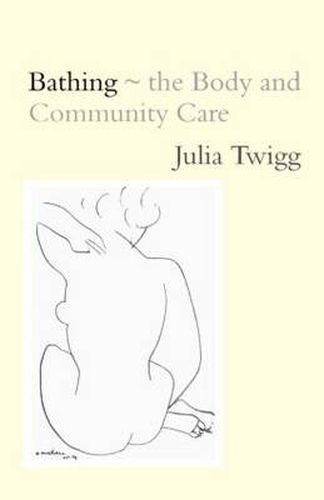Readings Newsletter
Become a Readings Member to make your shopping experience even easier.
Sign in or sign up for free!
You’re not far away from qualifying for FREE standard shipping within Australia
You’ve qualified for FREE standard shipping within Australia
The cart is loading…






Community care lies at the intersection of day-to-day life and the public world of service provision. Using the lens of one particular activity, bathing, this book explores what happens when the public world of professional and service provision enter the lives of older and disabled people. Focusing on the body, it explores how recipients feel about personal care and how careworkers feel about giving it. Drawing on her findings from an empirical study of help with washing and bathing, Julia Twigg explores the world of front-line care workers, their employment situations and the impact of these on their day-to-day work practices. In doing so she deploys traditions of analysis that have developed in other fields, most notably those relating to the body, but also historical, sociological and anthropological theorising, in order to widen the context within which community life is understood. The study provides an accessible overview of literature on the body as well as taking a novel approach to examining a routine activity.
$9.00 standard shipping within Australia
FREE standard shipping within Australia for orders over $100.00
Express & International shipping calculated at checkout
Community care lies at the intersection of day-to-day life and the public world of service provision. Using the lens of one particular activity, bathing, this book explores what happens when the public world of professional and service provision enter the lives of older and disabled people. Focusing on the body, it explores how recipients feel about personal care and how careworkers feel about giving it. Drawing on her findings from an empirical study of help with washing and bathing, Julia Twigg explores the world of front-line care workers, their employment situations and the impact of these on their day-to-day work practices. In doing so she deploys traditions of analysis that have developed in other fields, most notably those relating to the body, but also historical, sociological and anthropological theorising, in order to widen the context within which community life is understood. The study provides an accessible overview of literature on the body as well as taking a novel approach to examining a routine activity.